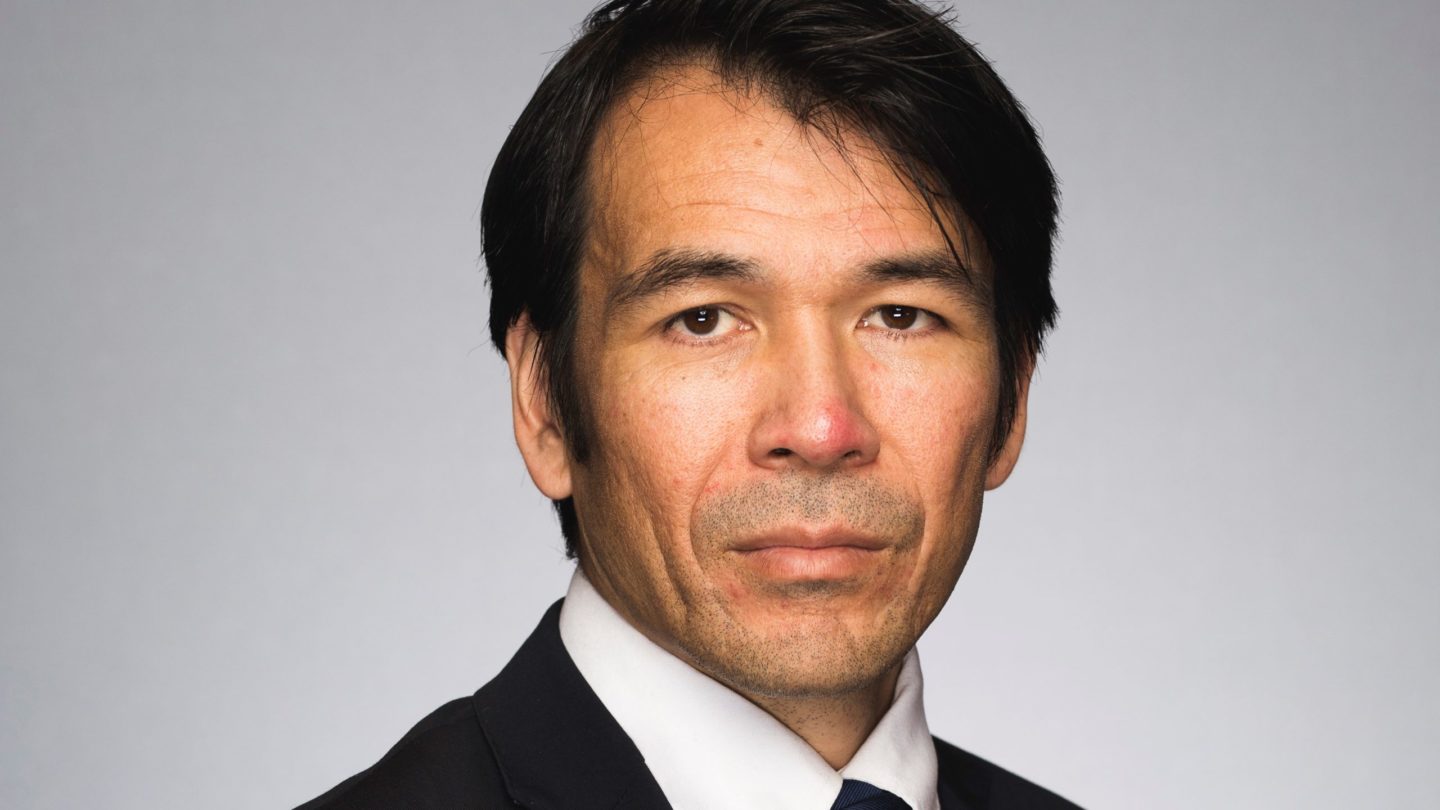2022 has turned out to be the proverbial ‘annus horribilis’ for fixed income markets. UK government bonds, the traditional backbone of a cautious portfolio, dropped by almost a third in the first nine months of the years alone – an extremely painful outcome for clients with the lowest tolerance for loss.
Understandably, such falls have led to a wave of uncertainty and panic among some investors, who are questioning the role of bonds in a clients’ portfolio. At such a point, I thought it would be useful to highlight a few considerations we have been mulling over when assessing the fixed income landscape today.
First, while inflation has been the key driver of bond losses this year, domestic policy decisions clearly helped to push UK yields higher in the autumn. It is worth remembering, however, that politicians can change, policy can be altered and watered down.
As an example, in 2018, an aggressive budget by the new Italian government led to widespread international criticism and a spike in borrowing costs, with the Italian 10-year BTP (government security) rising from 1.2% to 3.3% in the space of four months. The budget was watered down, the headlines died, and in less than a year, 10-year yields had fallen back to the 1% level. Clearly today, the inflation backdrop will remain the key driver of bond prices in the near term – but will the risk premium attached to UK fixed income persist over the longer term?
Interest-rate sensitivity
Second, a bond’s sensitivity to interest rates changes as yields move. The sharp rises in bond yields seen in recent months meant the duration of the UK corporate and UK gilt market has fallen dramatically – for example, the UK corporate index dropped to a duration of close to six years compared with nine years at the start of the 2022. This means the bonds are less sensitive to any future rate rises and should provide more comfort for the risk conscious investor.
Finally, fixed-income allocation decisions are being made against a very different backdrop today than at the start of 2022. Government bond yields in the UK and US are the highest they have been for more than a decade and credit spreads have widened considerably – particularly in the UK and continental Europe. Given this higher yield environment, our expected returns for all fixed income assets have risen materially and it is logical step to begin deploying cash into higher duration assets.
Short end of the curve
Bonds at the short end of the curve are looking especially attractive. Around current levels, yields can rise more than 200 basis points over the next 12 months before an investor loses money. Domestic credit spreads have widened considerably, which makes UK short-dated corporate funds look good value. Depending on the mandate, we favour Fidelity Short Dated Corporate Bond or the L&G Short Dated Sterling Corporate Bond index fund.
Emerging market debt is another attractive option – both local and hard-currency. Our preferred implementation method is via active managers and we hold Colchester Local Markets Bond and Barings Emerging Market Local Debt. For passive mandates, we own the L&G Emerging Market Government Bond Local Currency Index fund.
Index-linked bonds is another area of interest. These bonds’ coupon and principal are contractually linked to inflation and have therefore outperformed relative to conventional bonds this year. Since their peak in April 2022, however, we have seen break-even rates in the UK and the US falling as investors began to price in a higher probability of recession. Our view is this represents reasonable value and we are allocating to the PIMCO Global Low Duration Real Return and L&G Global Index-Linked Bond Index funds.
Mark Preskett is a senior portfolio manager at Morningstar Investment Management







